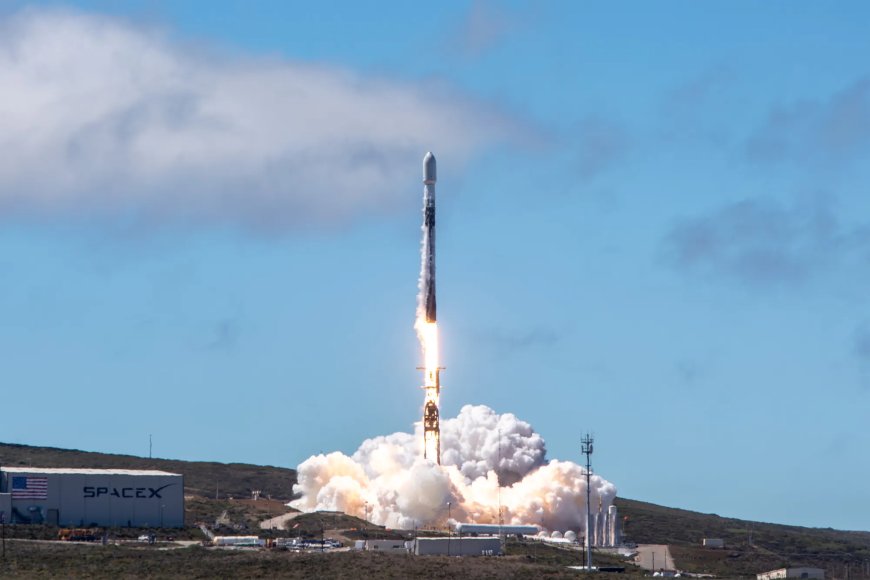NASA's TRACERS Mission: Exploring Earth's Magnetic Field
NASA has launched the Tandem Reconnection and Cusp Electrodynamics Reconnaissance Satellites (TRACERS) to study how Earth's magnetic shield protects us from space weather. This mission aims to enhance our understanding of solar interactions with Earth and advance space weather forecasting.

NASA has launched the Tandem Reconnection and Cusp Electrodynamics Reconnaissance Satellites (TRACERS) to study Earth's magnetic field and its defense against space weather. The twin spacecraft aim to enhance our understanding of solar interactions with Earth. Launched from California's Vandenberg Space Force Base, this mission signifies a new era in heliophysics. Ground control confirmed communication with both satellites shortly after launch, marking the beginning of an exciting scientific journey.
TRACERS will investigate magnetic reconnection, a process where magnetic field lines from the Sun and Earth collide and realign explosively, releasing energy and causing space weather disturbances. Orbiting through the polar cusp near Earth's magnetic poles, the satellites will collect 3,000 measurements over a 12-month mission to study how these events impact our planet. This data will help understand how solar storms disrupt satellite operations, GPS signals, and power grids on Earth.
Before starting full science operations, TRACERS will undergo a commissioning phase to ensure readiness for its mission. The mission also deployed secondary payloads – Athena EPIC, PExT, and REAL – each with unique scientific objectives. Athena EPIC will measure Earth's outgoing longwave radiation, PExT will pioneer new space communication methods, and REAL will study high-energy electrons in Earth's radiation belts.
With TRACERS in orbit, NASA aims to advance space weather forecasting and protect technology, astronauts, and Earth. The mission is expected to reveal new insights into the forces shaping Earth's relationship with space.
According to the source: Innovation News Network.
What's Your Reaction?
 Like
0
Like
0
 Dislike
0
Dislike
0
 Love
0
Love
0
 Funny
0
Funny
0
 Angry
0
Angry
0
 Sad
0
Sad
0
 Wow
0
Wow
0

























































































































































































